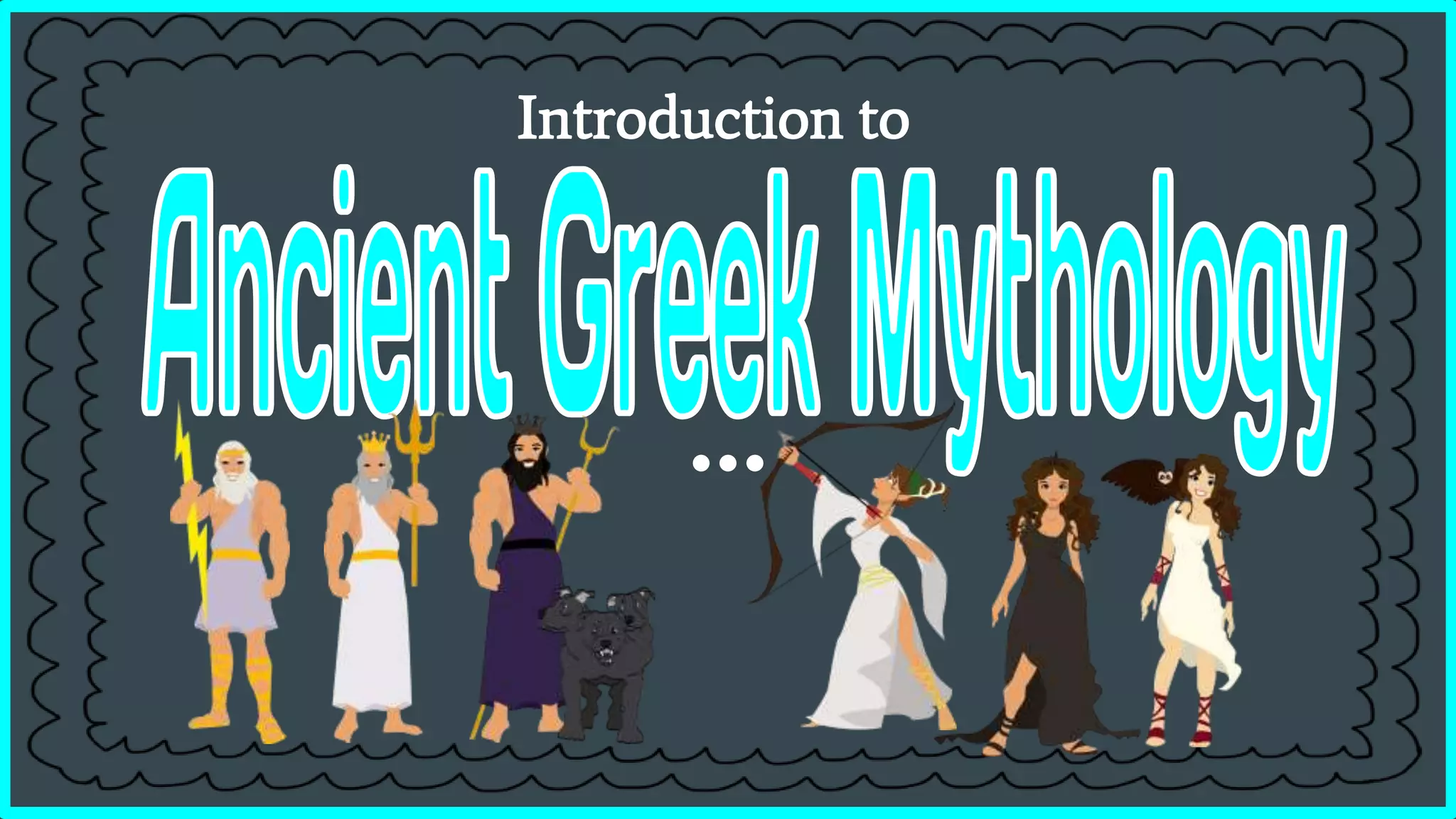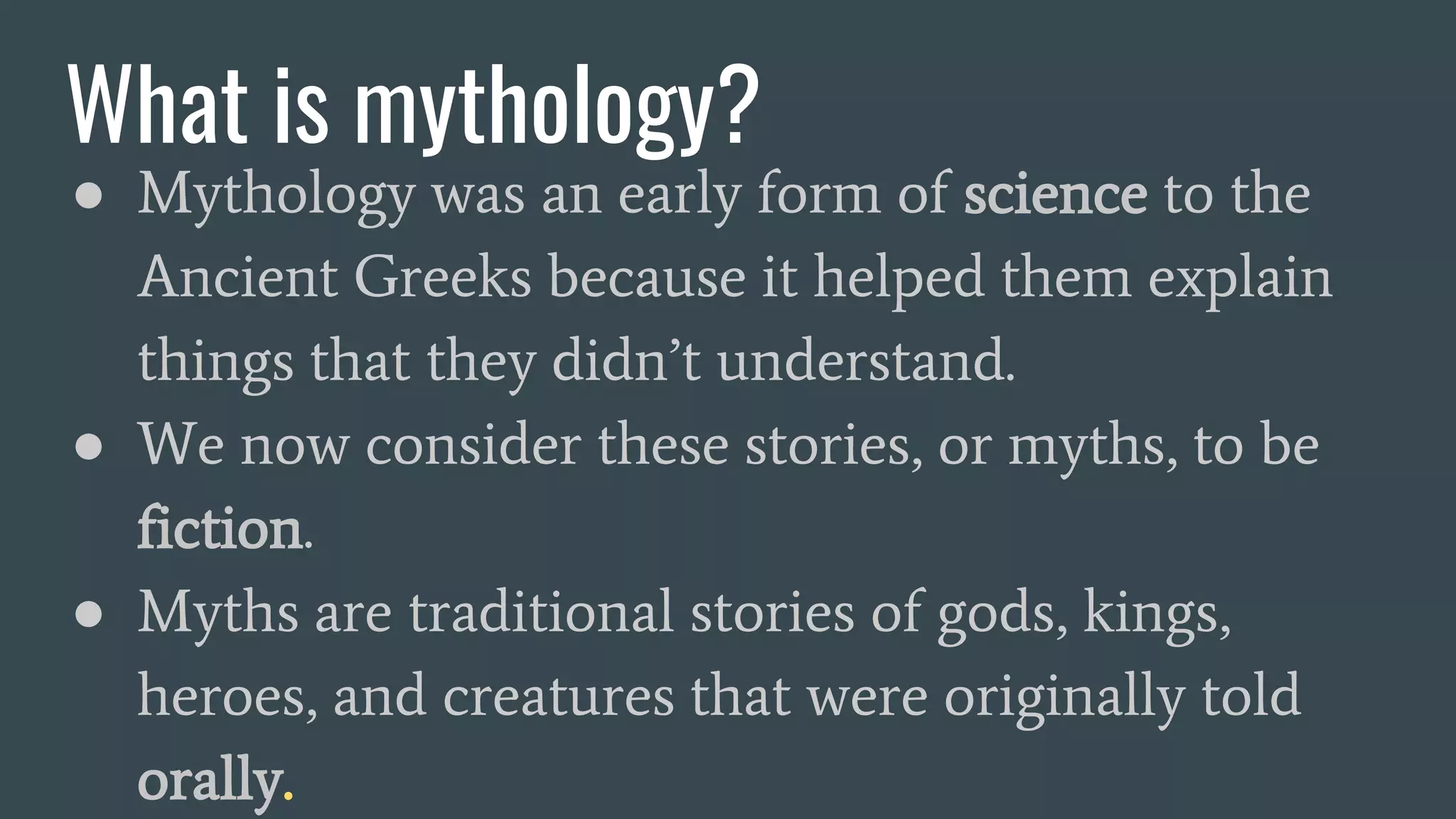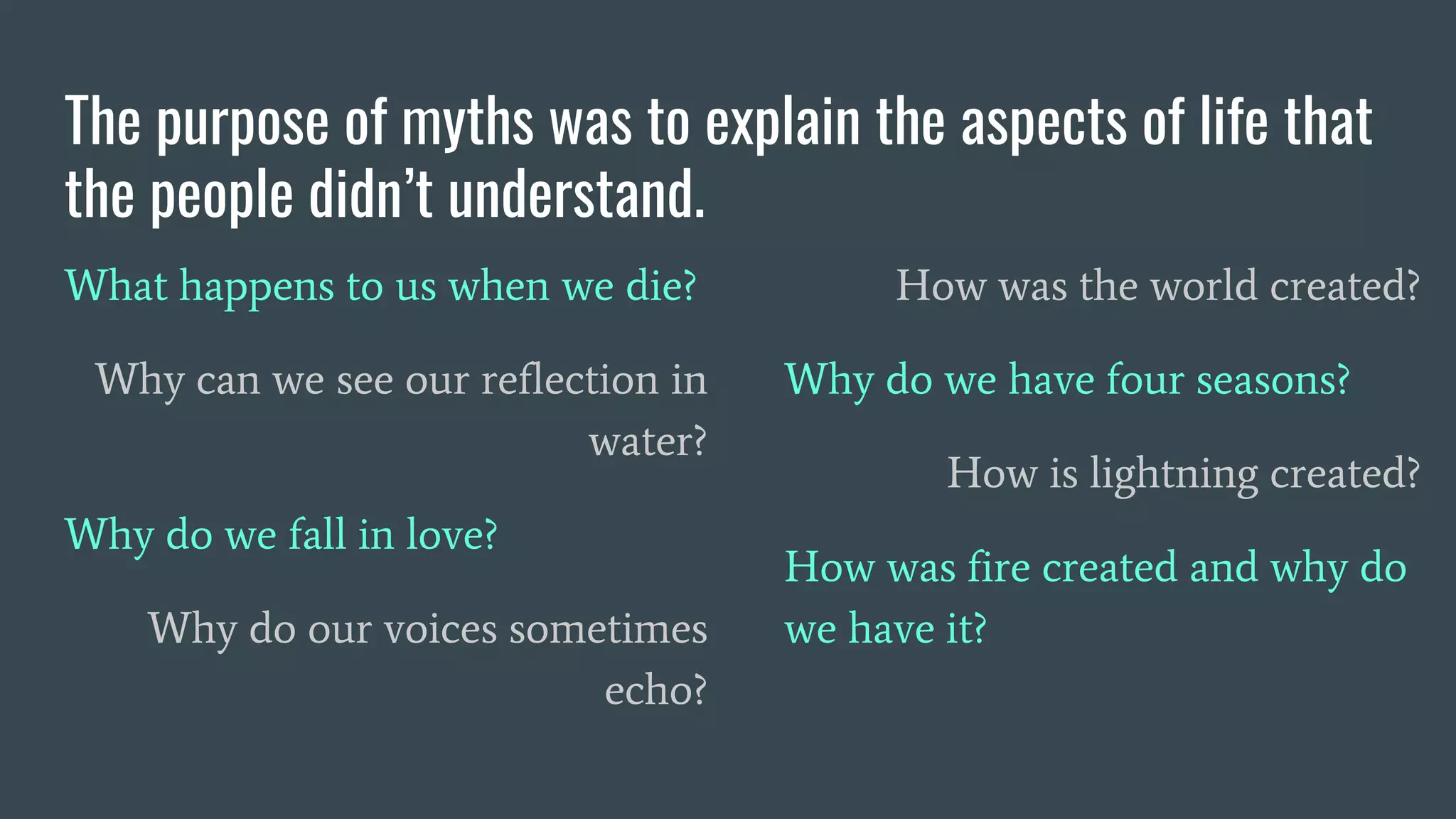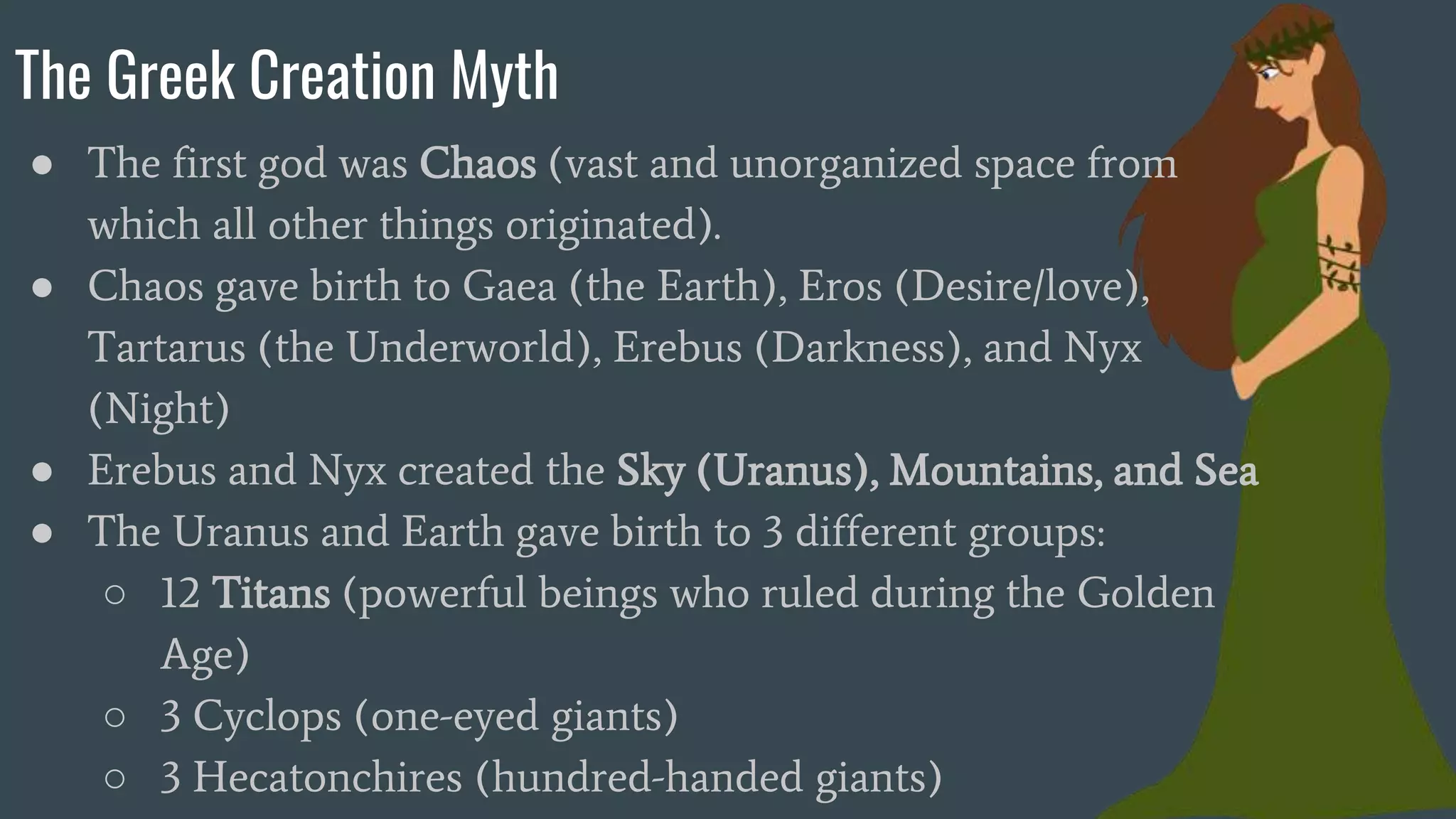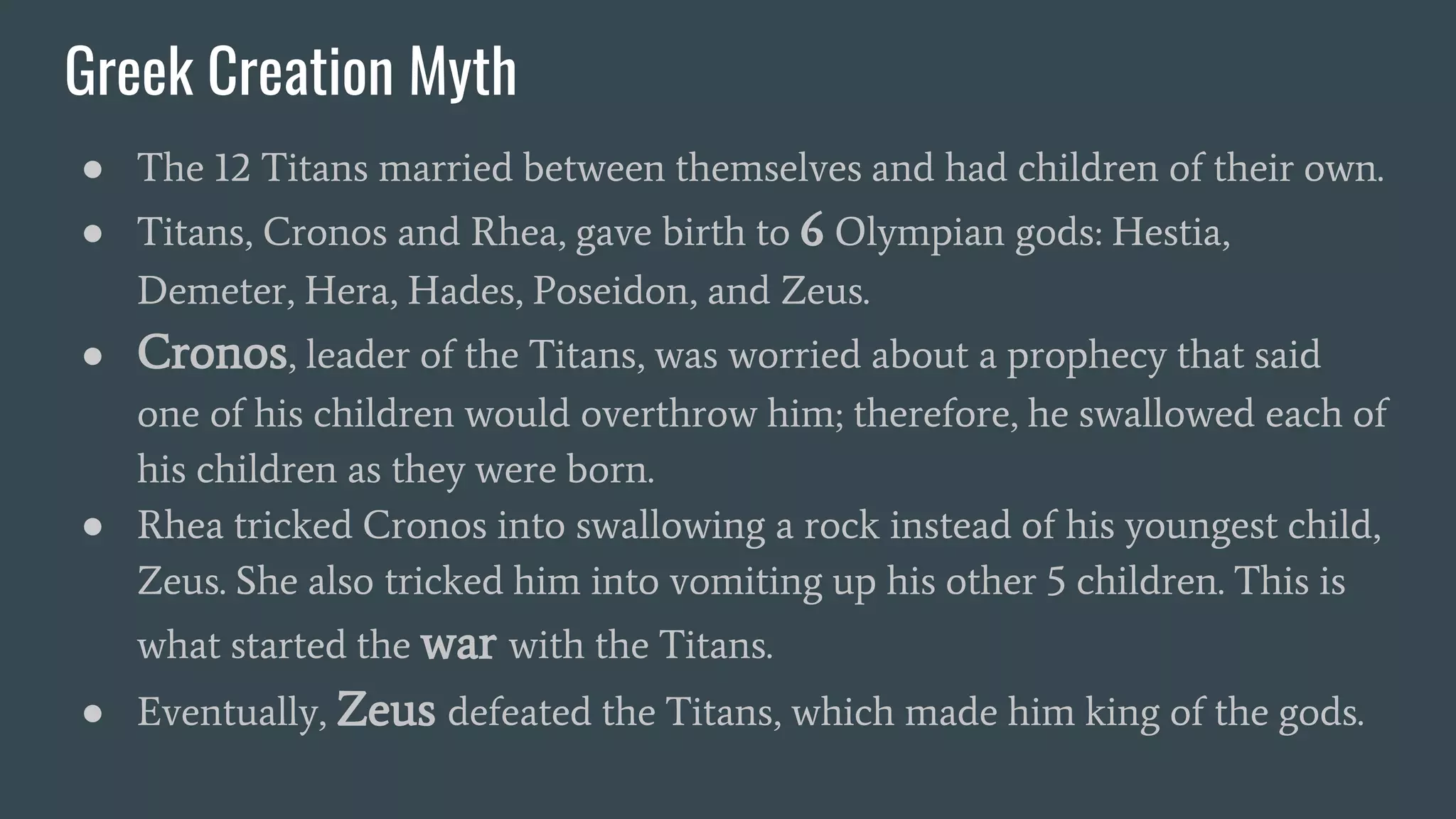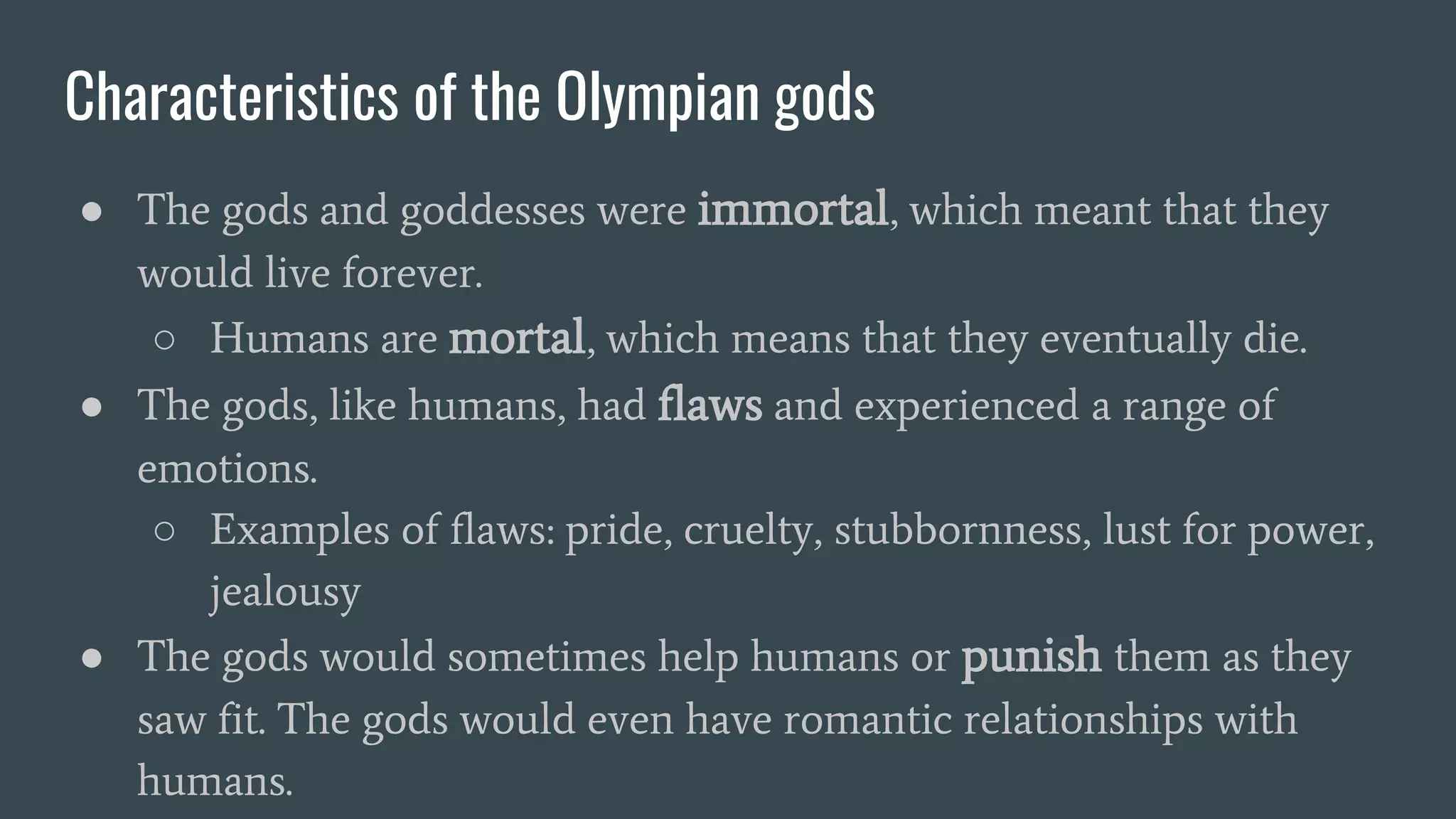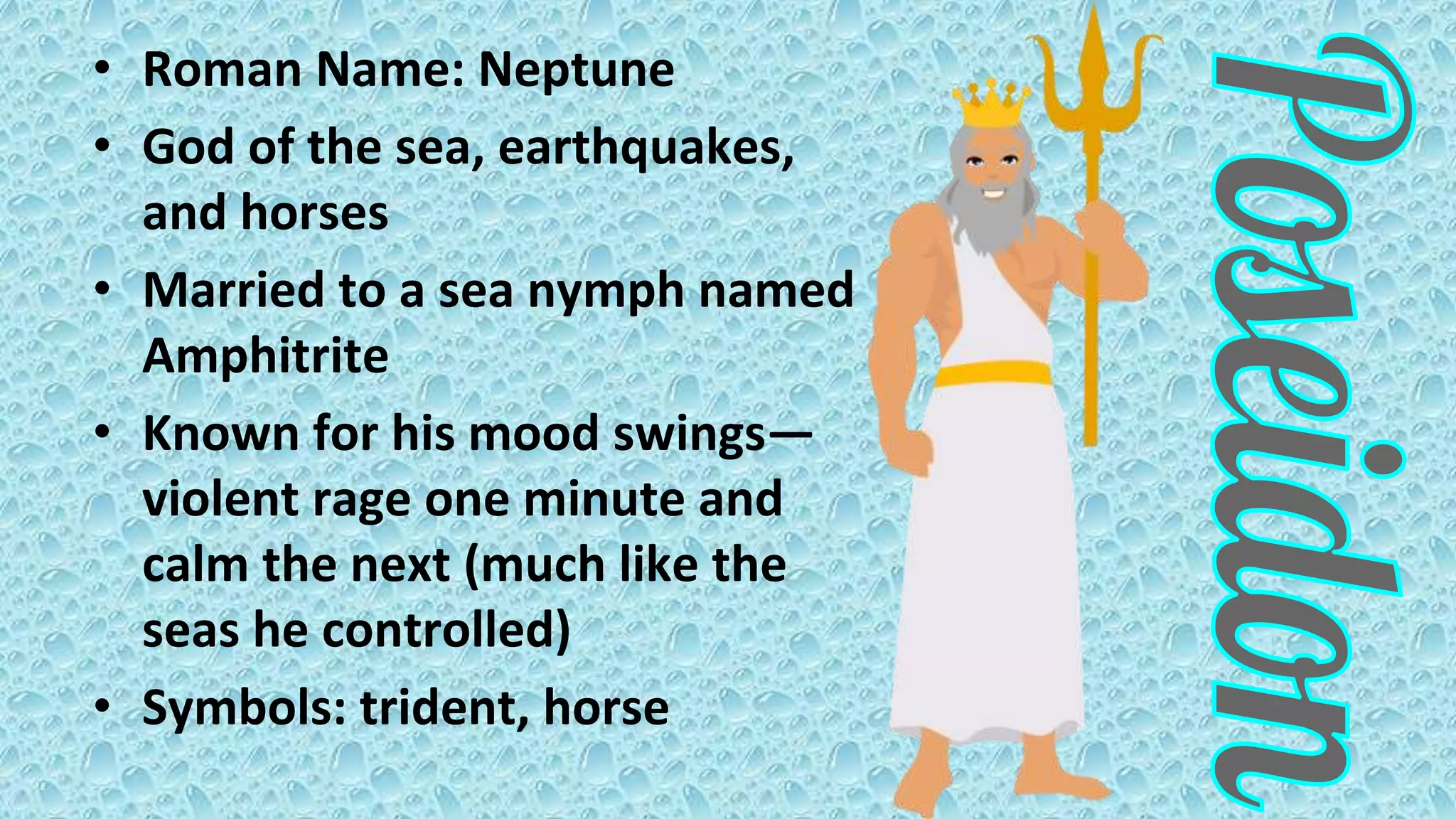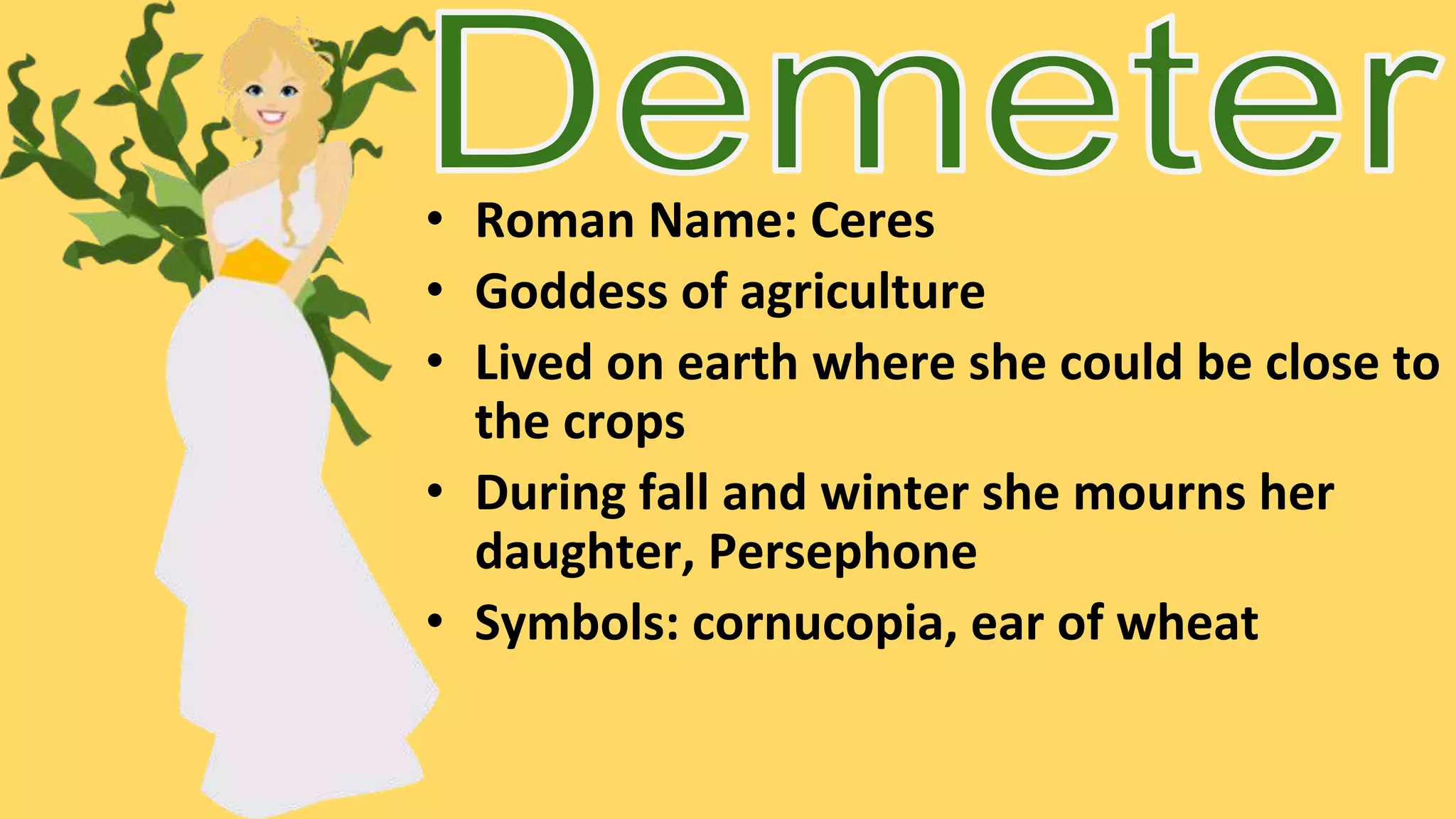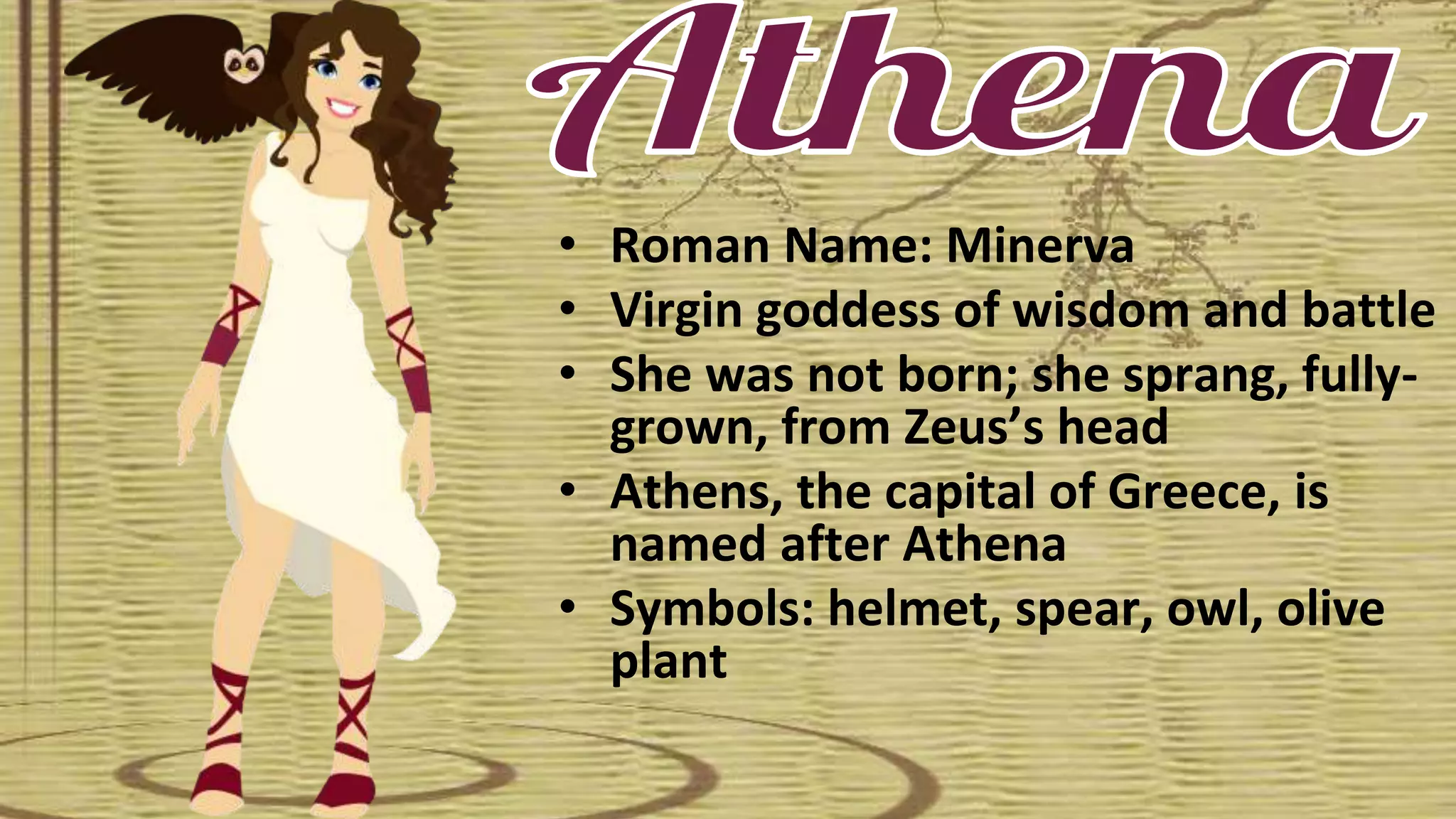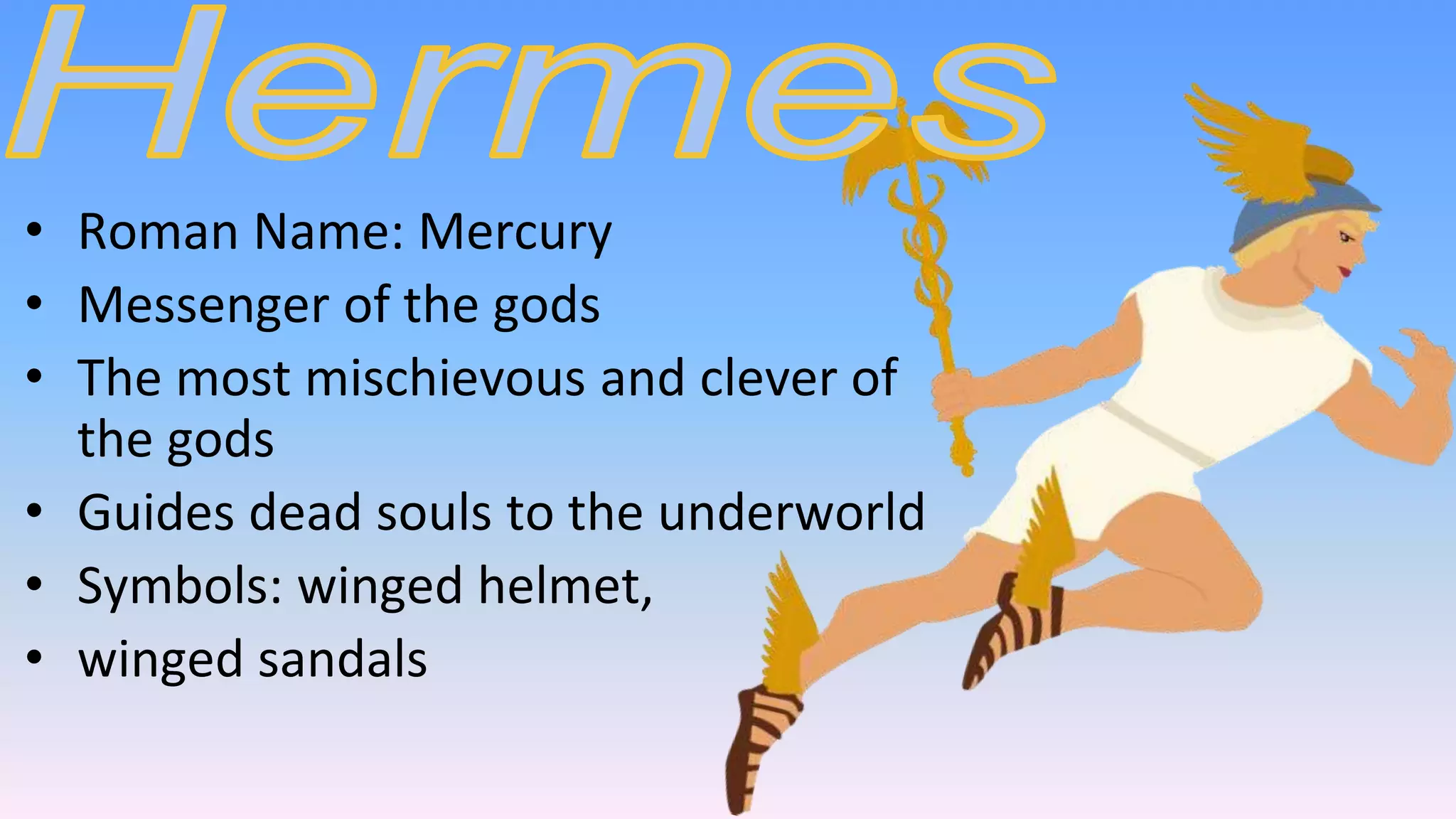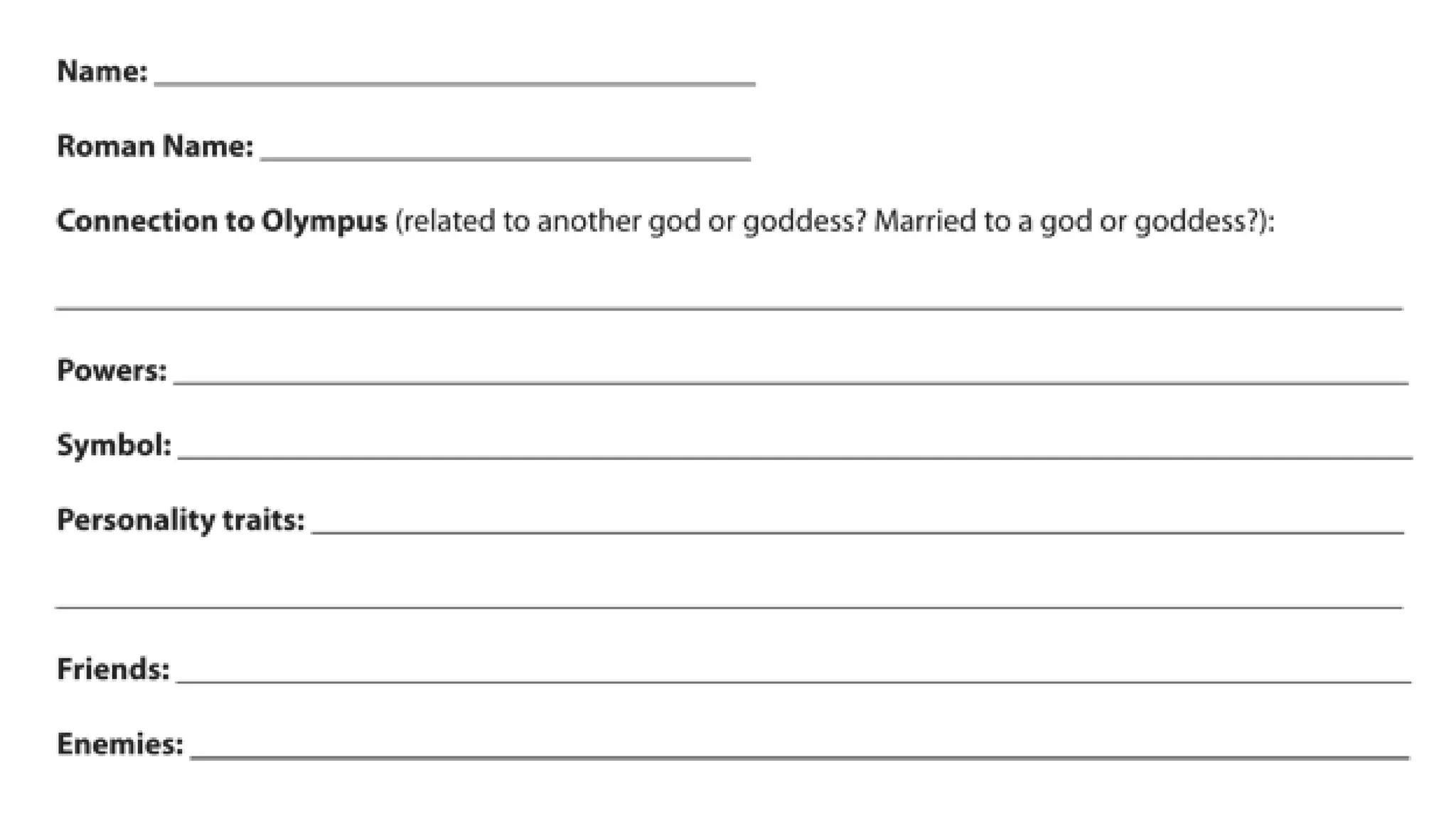Here is a proposed new Olympian god or goddess:
Name: Astraeus
Domain: Astronomy, Navigation, Exploration
Description: Astraeus appears as a strong, athletic man with eyes that twinkle like stars. He wears a cloak decorated with celestial bodies and constellations.
Astraeus is the god of astronomy, navigation, and exploration. He guides travelers and explorers by night, helping them find their way by the stars. Astraeus takes interest in humanity's study of the heavens and efforts to expand their knowledge of the cosmos. He encourages the pursuit of discovery through exploration by land and sea.
Symbols: Celestial globe, sextant, compass
